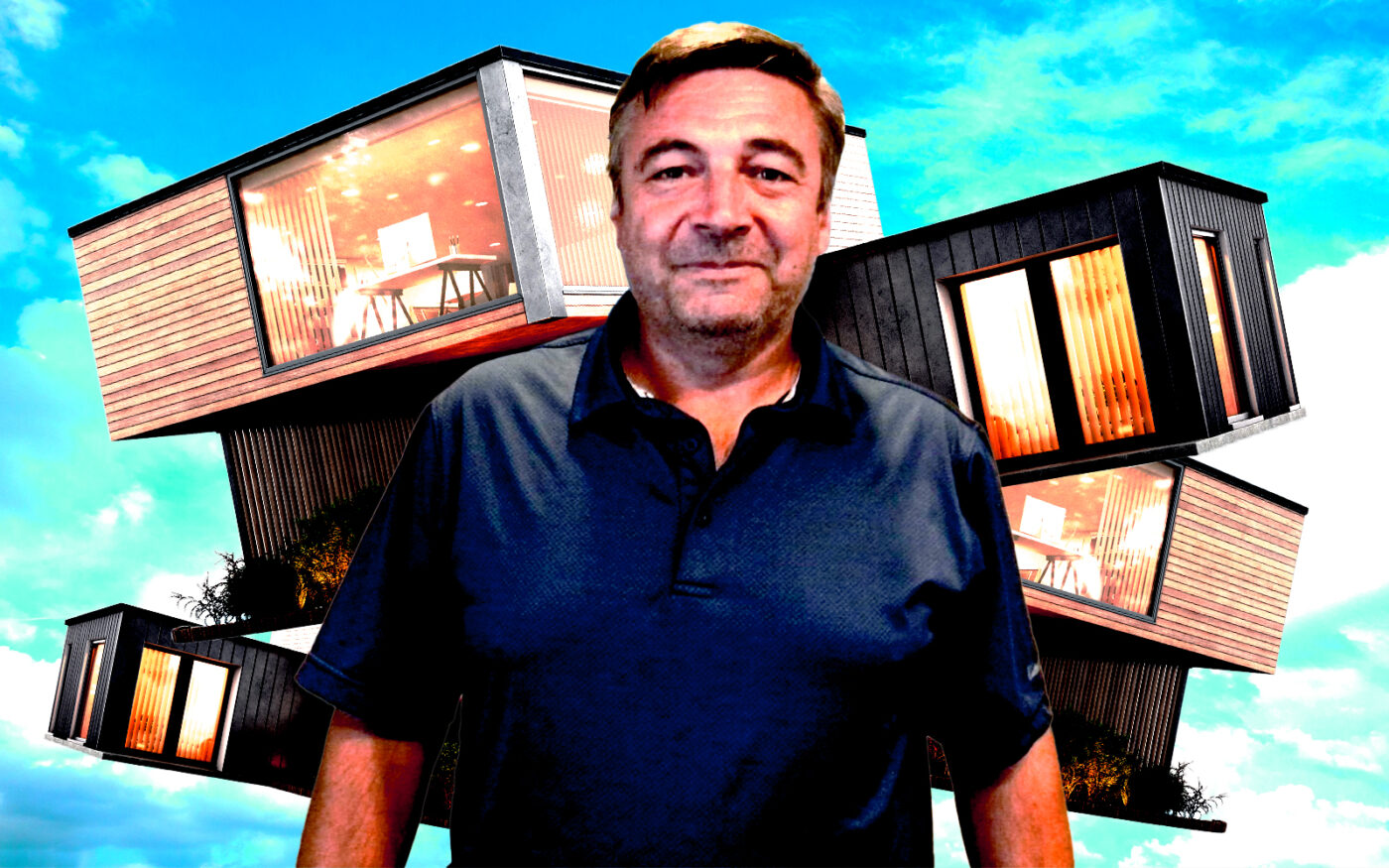Sag Harbor’s previous attempt to improve its affordable housing stock failed. The village is wiping the slate clean and starting from scratch to get movement on that front.
The Sag Harbor Village Board last week introduced an initiative regarding affordable housing, the East Hampton Star reported. Mayor Tom Gardella called the “Preliminary Draft for Review” a conversation starter for the village.
One idea that emerged was reducing the minimum size for an accessory dwelling unit, one of the tools municipalities lean on to increase affordable housing stock. The board proposed reducing that minimum from 500 square feet to 280 square feet, which will be debated next month.
Another idea put forward is that of a “floating zone,” which wouldn’t tie affordable housing to the zoning of a particular parcel, but would instead span much of the entire zoning code.
That’s not dissimilar from a modern-income floating zone in the village code from 1984 to 2009 — a 25-year span that saw zero applicants take advantage of the policy.
The village is in this spot because its last affordable housing law was overturned by a judge. Planning consultants for the village chalked that up to its connection to a specific development, likely referring to Adam Potter’s fight to build affordable housing in the village.
Read more



After a judge and the community essentially spiked his last attempt, Potter is stepping back up to the plate in Sag Harbor. This summer, Potter announced plans for a development that would include 39 apartments on the top two floors of a three-story building. Only 19 of those apartments would be affordable, a far cry from the 79 affordable units Potter once proposed.
At the village board meeting, a local architect also pitched the idea of using modular construction as a way to reduce costs, creating a neighborhood-level solution to building accessory dwelling units. The architect, Maziar Behrooz, suggested prefabricated buildings could reduce on-site construction costs by 30 to 40 percent.
— Holden Walter-Warner
